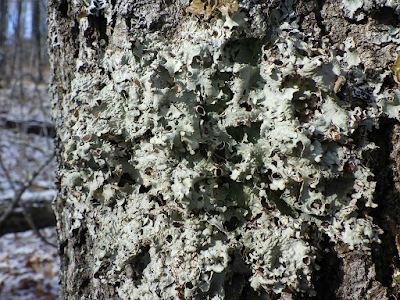Fairy Shrimp in Snowmelt Pond
While looking for salamanders in Snowmelt Pond, a decently sized ephemeral pond, I saw some invertebrates swimming in an interesting pattern amongst all of the mosquito larva. This distinctive swim was similar to how leeches weave through the water. Getting closer these creatures were a bright orange, although I had never seen them my immediate guess was that they were fairy shrimp. Upon closer inspection my hunch was right. I knew that they were a vernal pool obligate species, but other than that knew almost nothing about their appearance or life history.
I found this fascinating paper and along with some help from some IDers on iNat have learned quite a bit about these crustaceans. The first thing I was focused on is trying to ID what I was seeing to species. To do that you need to look at the secondary antenna of the males, each species has different ornamentations that are used to clasp and hold onto females during mating. These had a fork with a knob right behind that at the end of their antenna, making it the Knobbedlip fairy shrimp (Eubranchipus bundyi), which is the most common species in the state. Sometimes there are traits on/near the female's egg sac that can be used to ID to species, but it seems like using the male's secondary antenna is usually the easiest and most reliable.
Like many other vernal pool obligates, fairy shrimp escape many predators that would be found in permeant bodies of waters such as fish. Although the shrimp do not go unscathed, all sorts of other invertebrates, amphibians, and ducks predate on them. It was surprising how much of a component fairy shrimp are to some species of ducks, up to 13% of their diet during the breeding season. That same paper mentioned that some studies have linked fairy shrimp as a key food source during migration, the spring hatches often coincide with spring migrations, providing an ample source of protein and calories for these birds on the voyage north. As these birds travel from pool to pool, they can introduce fairy shrimp to new habitats.
So, these small ephemeral ponds and the fairy shrimp (and other species) that inhabit them are not just a novelty. They are a vital part of a healthy ecosystems. The fairy shrimp are an important component of the diets of other ephemeral pool specialists as well as other organisms that visit these habitats.





Comments
Post a Comment